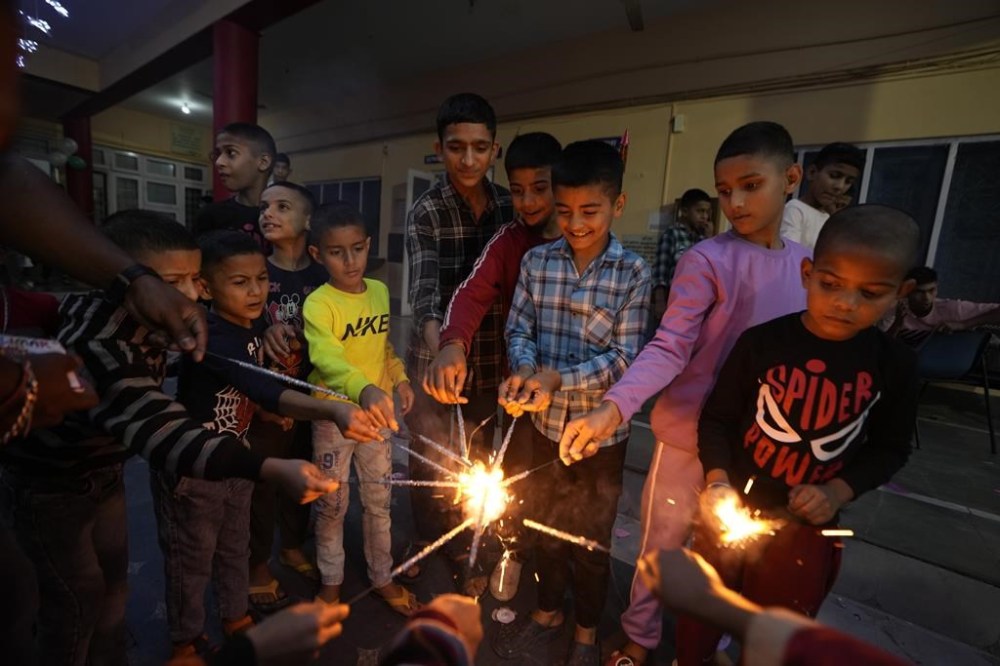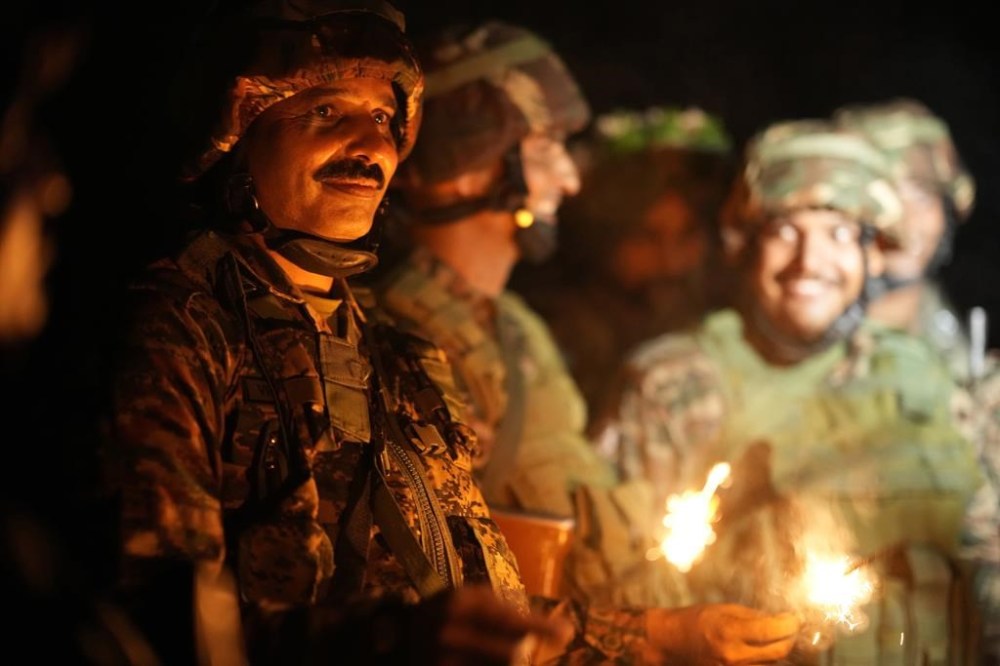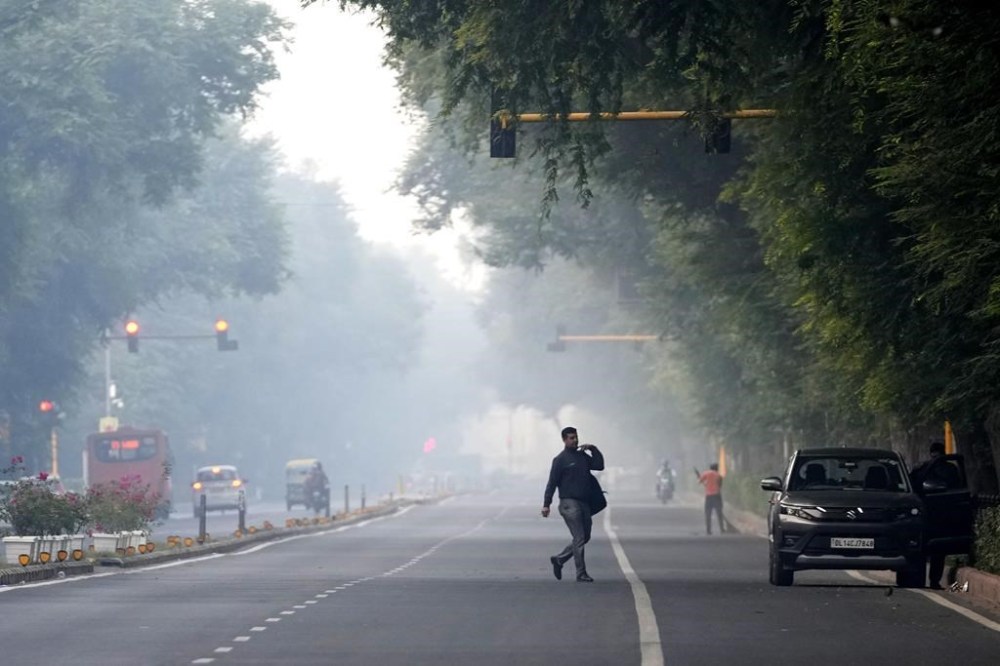Toxic smog cloaks India’s capital as Diwali firecrackers push air pollution to hazardous levels
Advertisement
Read this article for free:
or
Already have an account? Log in here »
To continue reading, please subscribe:
Monthly Digital Subscription
$0 for the first 4 weeks*
- Enjoy unlimited reading on winnipegfreepress.com
- Read the E-Edition, our digital replica newspaper
- Access News Break, our award-winning app
- Play interactive puzzles
*No charge for 4 weeks then price increases to the regular rate of $19.00 plus GST every four weeks. Offer available to new and qualified returning subscribers only. Cancel any time.
Monthly Digital Subscription
$4.75/week*
- Enjoy unlimited reading on winnipegfreepress.com
- Read the E-Edition, our digital replica newspaper
- Access News Break, our award-winning app
- Play interactive puzzles
*Billed as $19 plus GST every four weeks. Cancel any time.
To continue reading, please subscribe:
Add Free Press access to your Brandon Sun subscription for only an additional
$1 for the first 4 weeks*
*Your next subscription payment will increase by $1.00 and you will be charged $16.99 plus GST for four weeks. After four weeks, your payment will increase to $23.99 plus GST every four weeks.
Read unlimited articles for free today:
or
Already have an account? Log in here »
Hey there, time traveller!
This article was published 01/11/2024 (379 days ago), so information in it may no longer be current.
NEW DELHI (AP) — A thick layer of toxic smog cloaked India’s capital on Friday as smoke from firecrackers used to celebrate Diwali, the Hindu festival of lights, pushed air pollution to hazardous levels.
New Delhi’s air quality index plunged into the “severe” category, according to SAFAR, India’s main environmental monitoring agency. In many areas, levels of deadly particulate matter reached seven times the World Health Organization’s safety limit.
Authorities in the capital have banned the use and sale of traditional firecrackers since 2017, asking people to opt for environmentally friendly ones or light shows instead, but the rule is often flouted.

New Delhi, home to more than 33 million people, is regularly ranked one of the most polluted cities in the world.
The air pollution crisis deepens particularly in the winter when the burning of crop residue in neighboring states coincides with cooler temperatures that trap deadly smoke. That smoke travels to New Delhi, leading to a surge in pollution and worsening the public health crisis.
Emissions from industries without pollution controls and the use of coal, which produces most of the country’s electricity, are also linked to poor air quality in urban areas.
“We may not realize it now, but later we will face lung problems,” said Manoj Kumar, a New Delhi resident who does his morning runs around the capital’s iconic India Gate monument.
Several studies have estimated that more than a million Indians die each year from air pollution-related diseases. Tiny particulate matter in polluted air can lodge deep in the lungs and cause a variety of major health problems.




